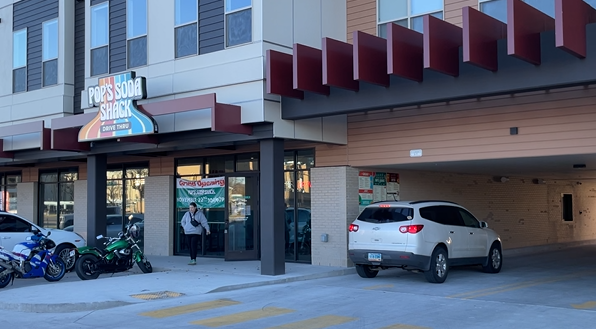Diabetes Educator Relates To Patients
Sorry, this video is no longer available
Around 10 percent of the population in the United States has diagnosed or undiagnosed diabetes.
There’s a diabetes educator at Essentia that can closely relate to her patients.
Annie Larson is both sympathetic and empathetic when she talks to patients with diabetes. She’s able to form a relationship that most health experts can’t.
“My biggest thing is to just understand what it is and we set goals,” says Essentia Diabetes Educator Annie Larson.
Larson was diagnosed with type 1 diabetes at four-years-old and knows how hard living with diabetes can be.
“I know what low blood sugars feel like, I know what high blood sugars feel like, I know what it’s like to have a reaction, I know what it’s like to come out of a reaction, I know what it’s like to be hospitalized. So to help those people that are going through those things and setting a goal and being available,” says Larson.
Diabetes can be difficult to understand because there are two different types.
“Type 1 is usually a juvenile diagnosis. Type 2 diabetes is usually genetics and sometimes can be due to obesity and lifestyle,” Larson explains.
To help her patients understand what’s happening to their bodies, she shows them tools. The tube on the right shows the blood flow of someone with diabetes. The high blood glucose can thicken capillary walls and make blood stickier. Compared to someone without, you can see just how slow blood circulation can be.
It is believed that more than 8 million Americans have undiagnosed diabetes. To avoid contributing to that number, some signs to look out for are…
“Increased thirst, increased urination, fatigue, blurred vision and just a generalized icky, stomach flu feeling, Larson says.
If you notice any of these symptoms, you’re advised to see a doctor as soon as possible.
Treatments are available for many diabetes-related problems.
For more information, head to essentiahealth.org.






